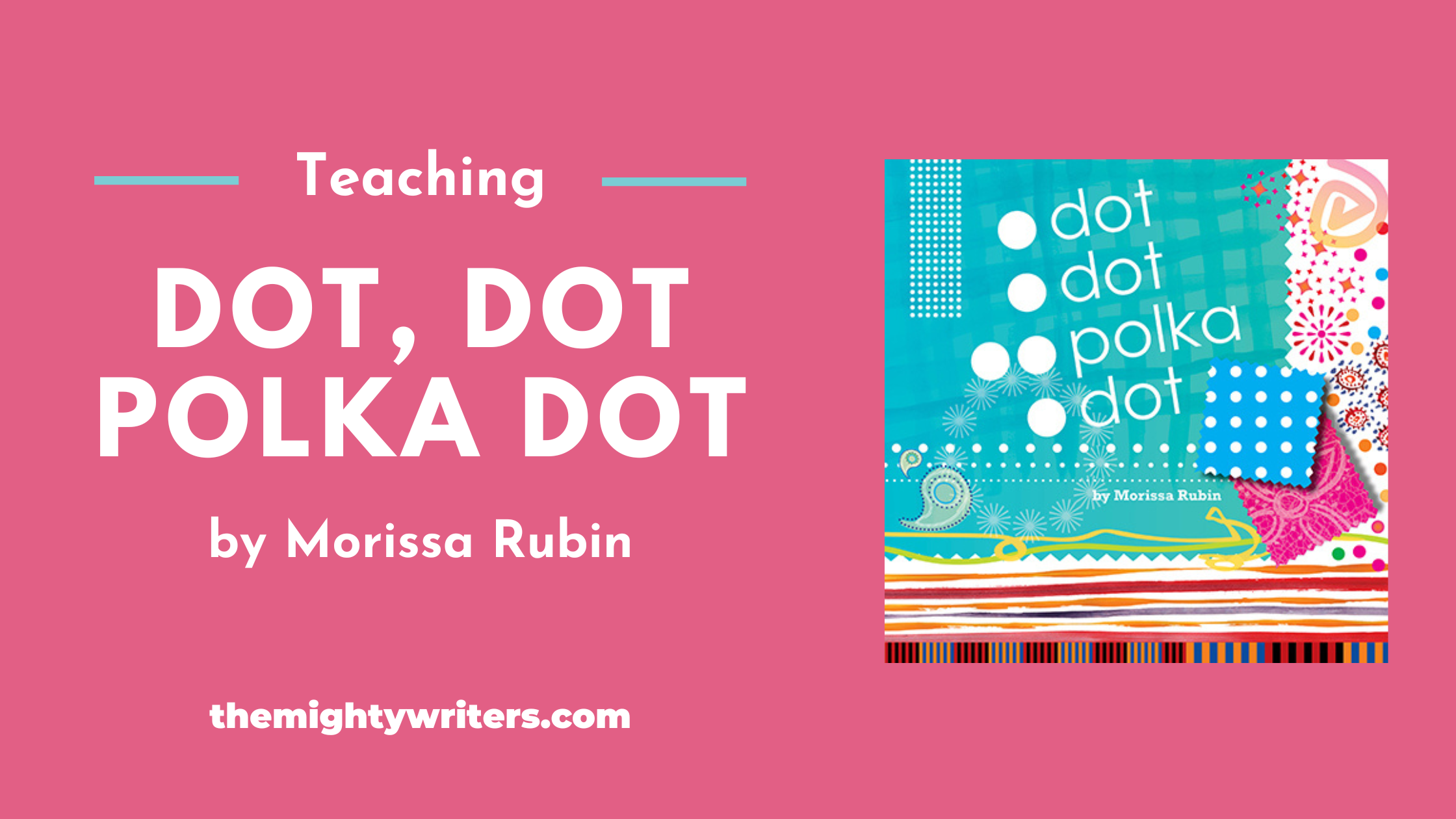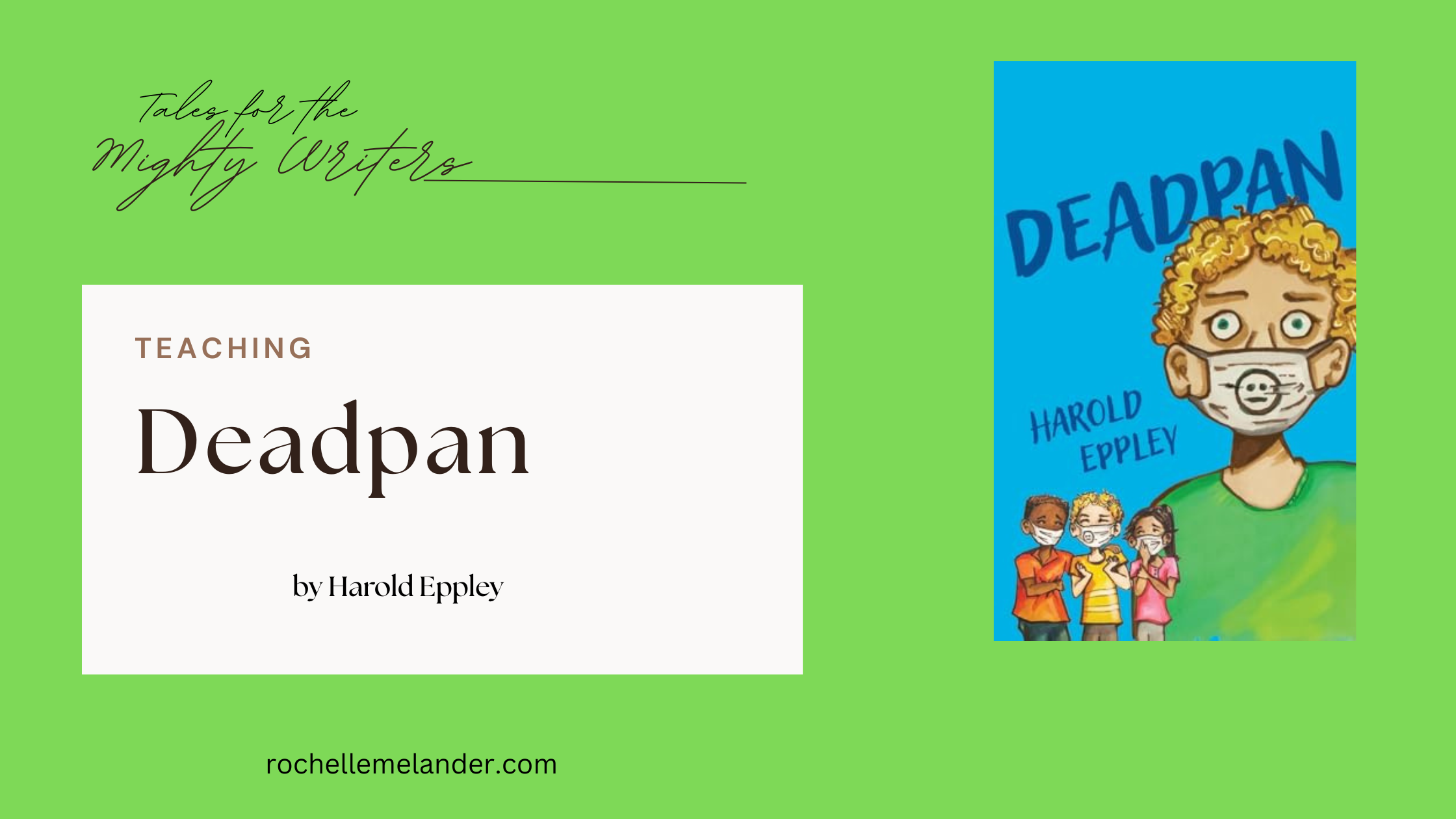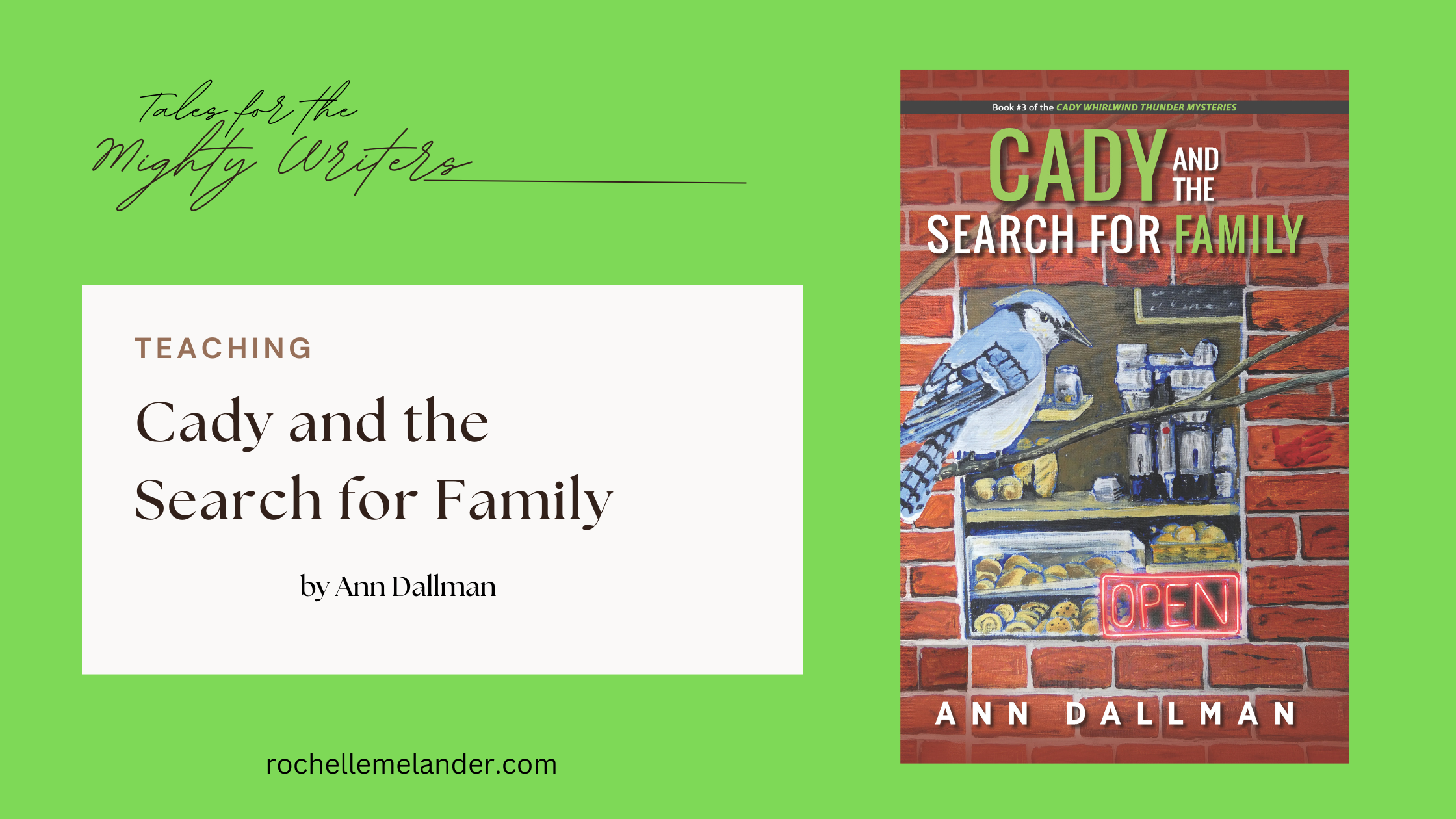A Note to the Reader
I am delighted to welcome Morissa Rubin to the blog on World Read Aloud Day to talk about her amazing new picture book, Dot, Dot, Polka, Dot! Read on to learn how you can use it in your classroom.
Teaching Dot, Dot, Polka Dot
Tell us about your book.
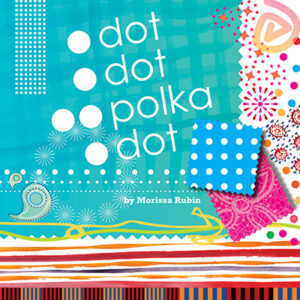 Dot, Dot, Polka Dot, explores a world of polka dots, paisleys, plaid, and stripes from cultures near and far. Put them all together and you get a very colorful quilt, and a delightful book for young readers.
Dot, Dot, Polka Dot, explores a world of polka dots, paisleys, plaid, and stripes from cultures near and far. Put them all together and you get a very colorful quilt, and a delightful book for young readers.
What do you hope young readers will take away from your book?
On a literal level, I hope readers will become observant of the world around them, seeing patterns where they didn’t before. On a metaphorical level, I hope readers might feel that each piece (or person) can be distinct and make a complimentary contribution to something.
Dot, Dot, Polka Dot can be used in a classroom to introduce a variety of concepts including visual literacy, mathematics, cultural identity and community. Each page spread introduces a different fabric pattern. Here’s a little bit about how:
Mathematical Concepts
Patterns are predictable arrangements of things. Things can be repeated to make a pattern. Patterns can also be made from recording observed growth or change. The repetition and predictability of patterns can be used to teach mathematical expressions. Spatial concepts are introduced and used to describe the patterns: under, over, (a)round and in rows.
Cultural Identity
Some of the fabric patterns in this book are specific to different geographic areas and cultures. These fabric types can be used to teach how different cultures express themselves. One of the most recognizable example of an African woven textile is Kente cloth from Ghana. Batik, a resist wax dye technique originated in Java, Indonesia. Molas are made from a traditional applique process from the San Blas Islands that are off the coast of Panama. Found in ancient Japanese tombs, the Uroko triangle pattern are inspired by the scales of fish, dragons or sharks and are said to have protective powers.
Community
Quilts are projects that often literally bring people together. A single quilt made be made up of different pieces and by different people. A quilt can also be a metaphor for unity as the separate and unique pieces come together to make a unified whole.
Lessons for Learning
Pattern Activities
- Which patterns in this book did you like most? Can you draw your own version of that same pattern?
- Patterns can be observed everywhere, in both nature and in our man-made world. Do you see any patterns from where you are sitting? Can you draw them? Can you make your pattern fill different kinds of shapes? What new pattern can you make by changing one part of your pattern?
- Teaching pairs and matching patterns: Using pairs of unmatched patterned socks, find each sock’s partner. How did you know which ones went with each other?
Building Community Activities
- Can you make a paper quilt? How can you organize the different pieces and patterns so that they work well together?
- Can you think of a theme for a quilt? How does each piece fit into the theme?
Picture Books that work well with Dot, Dot, Polka Dot
Book about patterns, colors and shapes:
pitter pattern by Joyce Hesselberth
A Pair of Socks by Stuart J. Murphy
Dots, Spots, Speckles and Stripes by Tana Hoban
I See a Pattern Here by Bruce Goldstone
Books about shared experiences and cultures:
At the same moment around the world by Clotilde Perrin
You and me and everybody else by Marcos Farina
Same, Same but Different by Jenny Sue Kostecki-Shaw
Books about quilts:
The All-Together Quilt by Lizzy Rockwell
The Keeping Quilt by Patricia Polacco
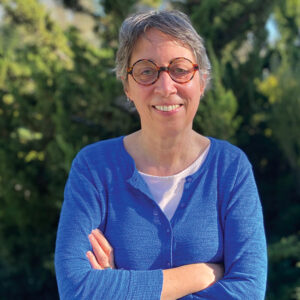 About the author. Morissa Rubin is a graphic designer who thinks polka dots, paisleys and plaid are better together. She received her BFA from RISD and her MS from MIT’s Visible Language Workshop. Morissa lives in Sacramento where she teaches typography and other design courses at UC Davis and Sac State. Her debut board book is Dot, Dot, Polka Dot.
About the author. Morissa Rubin is a graphic designer who thinks polka dots, paisleys and plaid are better together. She received her BFA from RISD and her MS from MIT’s Visible Language Workshop. Morissa lives in Sacramento where she teaches typography and other design courses at UC Davis and Sac State. Her debut board book is Dot, Dot, Polka Dot.

